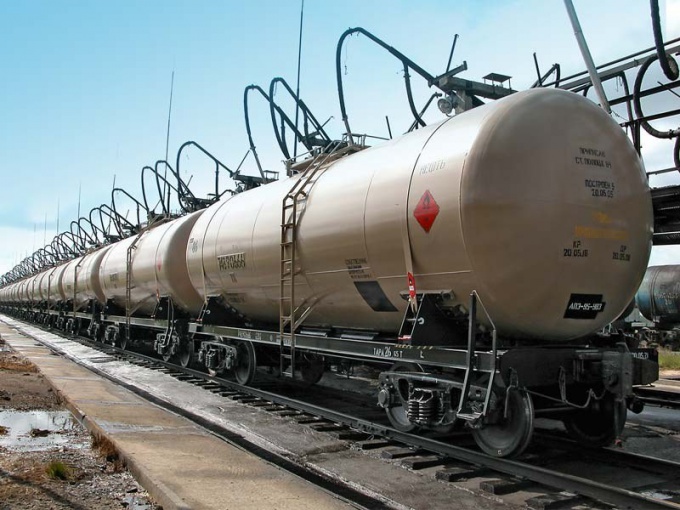Instruction
1
Start drawing with the construction of auxiliary figures. First draw a box, lying on the long side. Under it draw a few pairs of circles they are located two in the front and in the rear of the car. Proceed to the sketch, note features of the type of car that you draw.
2
Passenger car. Its length more than other types of cars, and is 23 meters. On the side of the box draw thirteen Windows in the form of squares. Nine of them are located in the passenger compartment, one in a compartment of the conductor, one window in every bathroom and one in the rear vestibule of the car. Round the corners of the squares, scroll rubber edging frame. Cut lines in the upper corners of the cross section of the car. Draw a longitudinal line on the roof. Select the door in the beginning and at the tail end of the car.
3
Boxcar. It is not that long as a passenger, often has the shape of a parallelepiped, but sometimes the roof may be rounded in cross section. Draw a horizontal Board forming the sheathing of the car. Break the vertical lines of the side of the box into several parts, draw wooden beams. Between them draw the boards are the same width, nailed diagonally. Don't forget about doors, they open in the same way as the wardrobes. Paint the car in a dirty-green, red-brown, gray.
4
Tank. Within the depicted parallelepiped, draw a cylinder. Its round shape at the base so each side was like a half sphere. At one end of the tank draw welded ladder, the hatch, located strictly at the top. For greater credibility, you can draw rivets or weld seams.
5
Draw a suspension. Keep in mind that the average wheel diameter is slightly less than a meter, keep in mind that if you draw near the wagon people or machines. Additionally, the suspension of the wheels has a metal motor structures connecting adjacent wheels.
6
Draw the shock-traction devices, they are located in places of coupling of wagons between himself and designed to connect the individual units in the structure and cushioning on impact.
